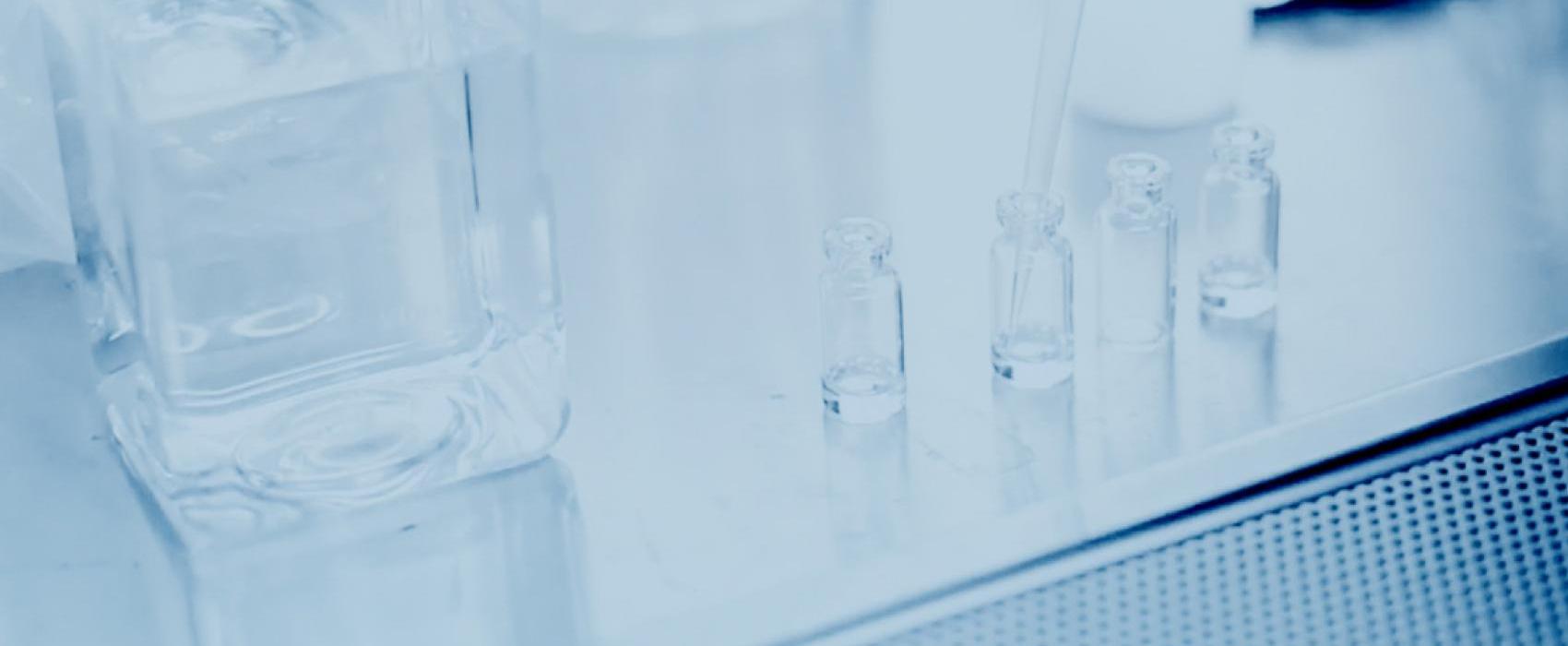September 13, 2011—A follow-up study to RV144, the HIV vaccine trial conducted in Thailand that showed a candidate vaccine regimen to be modestly effective in preventing HIV, indicates the vaccine regimen had no effect on disease progression in those volunteers who received vaccine before becoming HIV-infected. In this follow-up study, called RV 152, researchers followed volunteers who became HIV infected during the RV144 trial to examine clinical outcomes over time.
Results from RV144, a clinical trial involving more than 16,000 adult volunteers in Thailand, were published in the New England Journal of Medicine in October 2009. The results showed that the prime boost combination of ALVAC® HIV and AIDSVAX® B/E lowered the rate of HIV infection by 31.2% compared with placebo (p=0.04).
Of the 125 volunteers who became infected after receiving either vaccine or placebo during RV144 follow-up period, a total of 114 volunteers were enrolled in the RV152 study. The scientific and clinical significance of this secondary analysis, if any, requires further evaluation.
While there was a modest effect on the prevention of HIV infection seen in RV144, in the RV152 breakthrough infections follow-up study:
- The results show similar clinical outcomes in the volunteers who were vaccinated compared to those who received placebo.
- The vaccine regimen had no effect on the amount of virus in the blood of volunteers who became HIV-infected during the RV144 study, in which volunteers were followed for three and a half years.
- The RV152 results confirm that the RV144 vaccine regimen is safe.
- Vaccination appears to be associated with lower amounts of virus in genital fluid.
RV144 results suggest that the vaccine efficacy appeared highest at 6-12 months, based on post-hoc analysis (60%, 95% CI 22, 80). Future clinical studies will try to improve durability of this early effect. Small clinical studies in Thailand are planned to begin within the next several months that will involve adding a secondary boost to try to extend and increase the immune response seen in RV144.
Scientists are also mining data and specimens from RV144 for any clues to guide future vaccine development. Trial collaborators are working with more than 150 U.S. and international researchers at 25 institutions to understand how the vaccine prevented HIV infection. They are conducting intensive laboratory studies of the patient specimens collected in RV144, and working together to share data and accelerate progress.
Future large clinical studies are being planned which will likely involve populations with different risk factors for HIV, and will also be executed in other parts of the world where different strains of HIV circulate. While these studies will take much longer to plan and execute, they will provide important clinical data on how to develop a more effective vaccine that could be used globally.
The RV152 breakthrough infections study and RV144 were conducted by the Thai Ministry of Public Health and funded by the U.S. Army and the and Division of AIDS, National Institutes of Allergy and Infectious Diseases (NIAID). Both trials were conducted in collaboration with the Armed Forces Research Institute of Medical Sciences, Thai and U.S. Components (USAMC-AFRIMS); U.S. Military HIV Research Program (MHRP), Walter Reed Army Institute of Research (WRAIR); NIAID; Mahidol University, Sanofi Pasteur and Global Solutions for Infectious Diseases.
